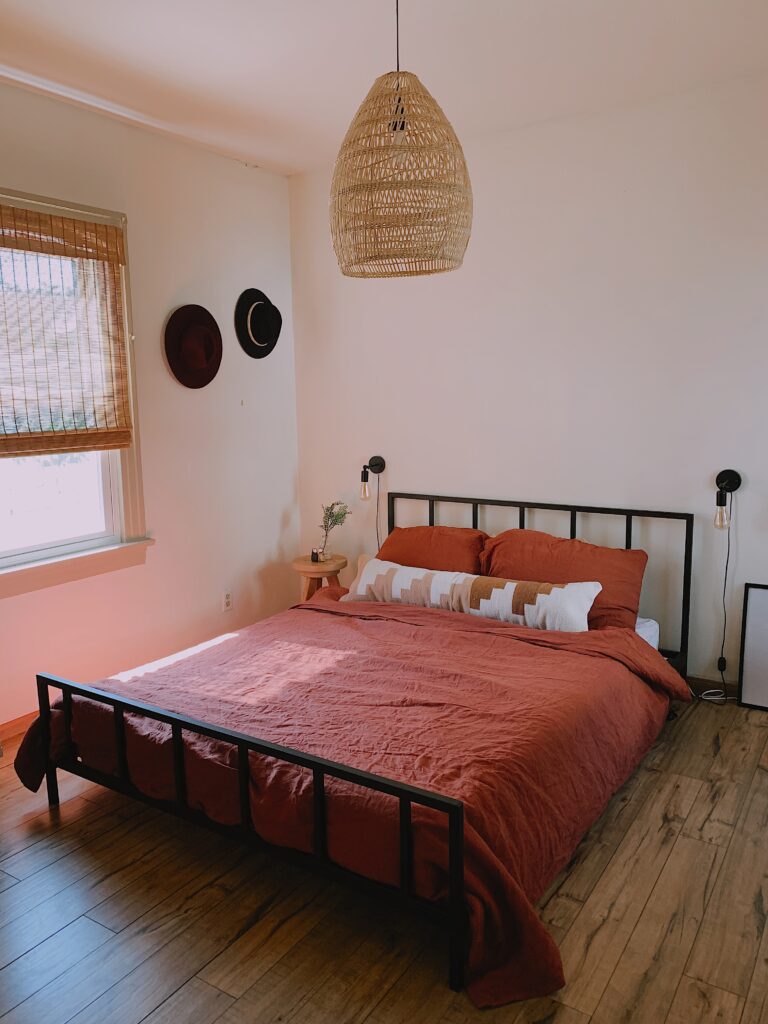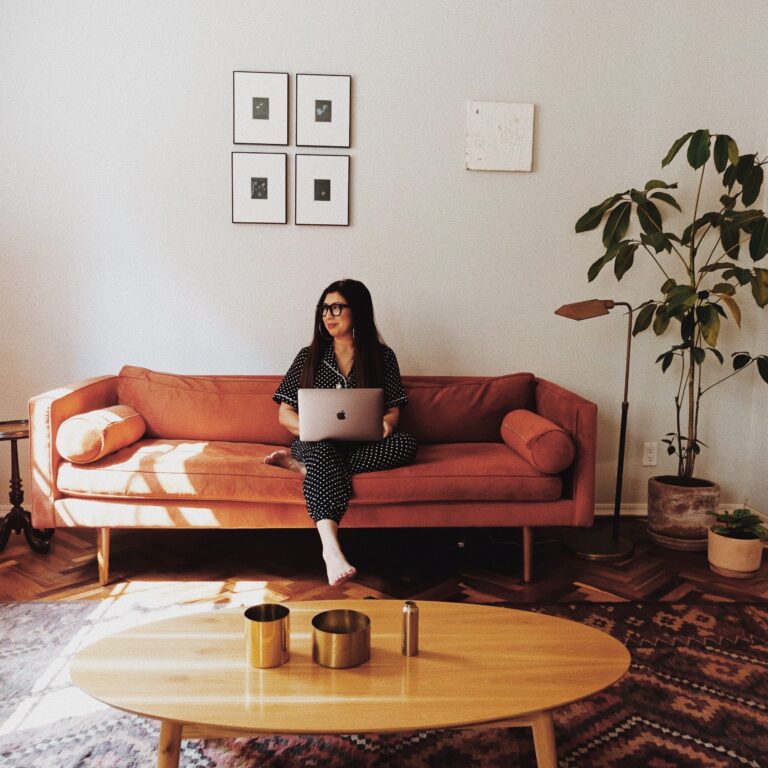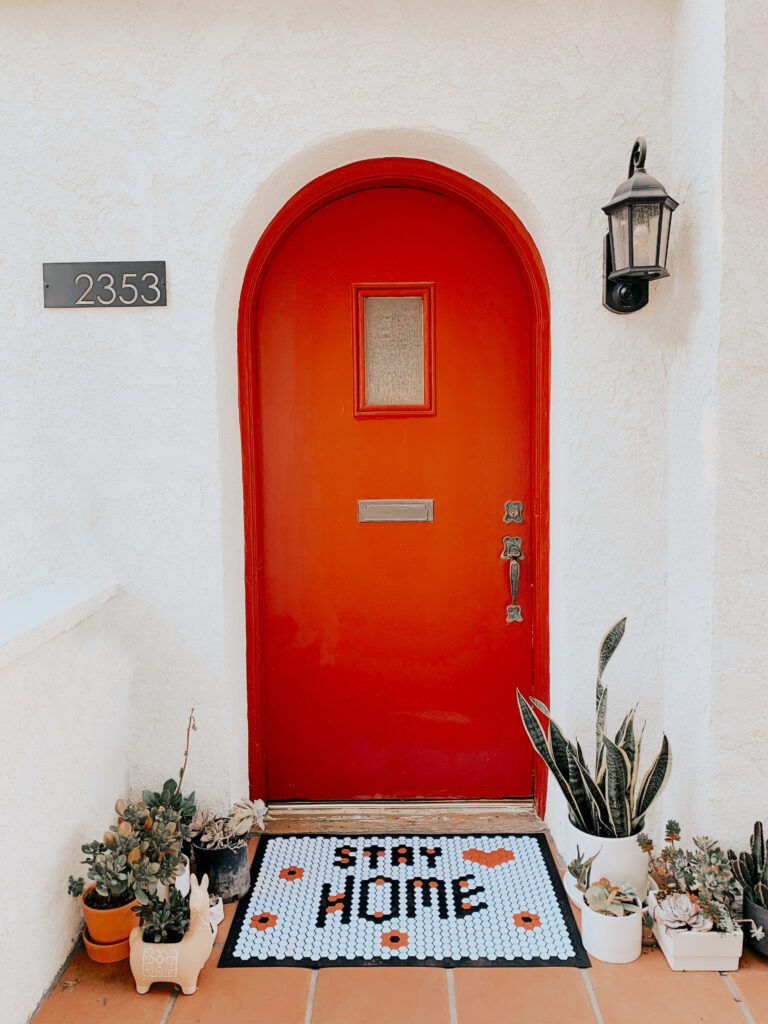Ways to Keep Your Bedroom Allergy-Free

When we moved into our new home, I was especially excited to decorate our main bedroom. I had saved dozens of inspiration boards filled with cozy rugs, dreamy curtains, floating shelves, and all the plush pillows you could imagine. It felt so satisfying to bring those Pinterest-worthy ideas to life—until the allergy symptoms kicked in.
I started experiencing itchy eyes, wheezing, and a runny nose at night. Sleep became a struggle. I have a history of asthma, and a previous allergy test revealed sensitivities to dust, dust mites, and mold—so it all started to make sense. My beautiful bedroom setup, as cozy as it looked, was anything but allergy-friendly.
Determined to get my sleep (and health) back, I started researching how to reduce allergens in the bedroom. After making a few adjustments, I finally created a space that feels good and supports my health. Here are the eight practical steps that helped me breathe easier and sleep better.
1. Vacuum Regularly
Carpets and rugs are a favorite home for dust mites. To keep them at bay, I vacuum at least twice a week, using a vacuum with a HEPA filter and a double bag. Wearing a mask while vacuuming helps prevent inhaling particles that get kicked up during cleaning.
2. Swap Out Curtains and Rugs
I loved the look of heavy curtains and layered rugs—but unfortunately, they’re major dust collectors. I replaced mine with rollable bamboo shades that are easy to wipe clean and let in beautiful filtered light. If you prefer curtains, go for lightweight, washable fabrics like cotton, and be sure to launder them in hot water (at least 130°F) regularly to kill dust mites.
As for rugs, not all are off-limits. Hypoallergenic options do exist—look for low-pile styles made of polyester, nylon, or washable cotton.
3. Protect Your Bedding
I invested in dust-proof covers for our mattress, box spring, and pillows. These zippered protectors create a barrier between you and dust mites. We also switched to bamboo pillows and use linen sheets, which are both breathable and naturally hypoallergenic.
4. Keep Windows Closed
I didn’t realize that cracking the windows open during warm weather can let in pollen that settles on bedding and furniture. Since keeping them shut, especially during allergy season, I’ve noticed fewer symptoms.
5. Filter the Air
Improving air quality made a big difference. We use a MERV 11 filter in our HVAC system to trap finer particles like pollen and pet dander. We also run a HEPA air purifier in the bedroom year-round and leave the air conditioner on “fan” mode to keep air circulating cleanly.
6. Control Humidity Levels
Dust mites and mold thrive in humidity, so we added a dehumidifier to maintain levels around 50 percent. We also use a humidifier during drier months, which helps keep airways clear without making the room too damp.
7. Shower Before Bed
This small habit made a big impact. After being outdoors—whether for a walk, workout, or errands—I now shower before bed and change into fresh pajamas. Pollen can cling to skin, hair, and clothes, so rinsing it off helps prevent allergens from transferring to your pillow or sheets.
8. Make the Bedroom a Pet-Free Zone
As much as we love our dog Ibsen, his dander is a potential trigger. He no longer sleeps in our bed (and rarely enters the room), which has significantly reduced allergen buildup. If you suspect pet dander may be a problem for you, consider an allergy test to confirm your sensitivities.
The Takeaway
Creating an allergy-friendly bedroom didn’t mean sacrificing comfort—it meant being more intentional about materials, habits, and design. With a few thoughtful changes, I finally created a space that supports deep, restorative sleep and doesn’t trigger my asthma or allergies.
If you’re struggling with nighttime allergies, I hope this helps you find relief too. Because your bedroom should be more than just beautiful—it should help you feel your best.





